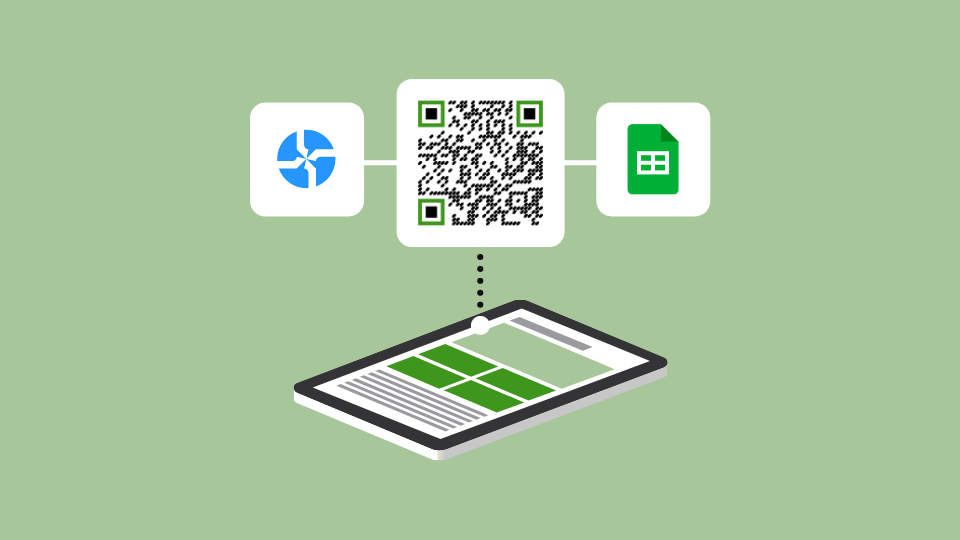Inventory management is a critical aspect of any business, regardless of its size or industry. Traditionally, inventory tracking and management have relied on manual processes that are time-consuming, prone to errors, and inefficient. However, the advent of Quick Response (QR) codes has revolutionized inventory management, providing businesses with a game-changing solution. In this article, we will explore how QR codes have become a valuable asset in inventory management and transformed the way businesses handle their stock.
Efficient Tracking and Identification
QR codes have made tracking and identifying inventory items faster and more accurate. Each item can be assigned a unique QR code that contains essential information such as product details, SKU numbers, or batch numbers. Scanning the QR code with a smartphone or barcode scanner instantly retrieves the item’s information, allowing businesses to track its movement, monitor stock levels, and identify specific items within the inventory. This level of efficiency reduces human errors, streamlines inventory tracking, and saves valuable time for employees.
Real-Time Updates and Data Accuracy
With QR codes, businesses can enjoy real-time updates and ensure data accuracy in their inventory management processes. As inventory items are scanned in and out of the system, the data is immediately updated in the database or inventory management software. This real-time information provides businesses with accurate stock levels, enabling them to make informed decisions about procurement, restocking, and fulfillment. The ability to access up-to-date information at any given time empowers businesses to optimize their inventory management strategies and minimize the risk of stockouts or overstocking.
Streamlined Replenishment Processes
QR codes facilitate streamlined replenishment processes by automating reordering tasks. When stock levels reach a predefined threshold, the QR code on the item can trigger an automated reorder request. This request can be sent directly to suppliers or integrated with the business’s procurement system. By automating the replenishment process, businesses can avoid stockouts, minimize lead times, and ensure seamless inventory availability. QR codes eliminate the need for manual intervention in reordering tasks, reducing the likelihood of errors and improving operational efficiency.
Improved Inventory Visibility and Accuracy
QR codes improve inventory visibility and accuracy by providing businesses with comprehensive information about their stock. Scanning QR codes can provide real-time visibility into the location, quantity, and status of each item within the inventory. This visibility helps businesses optimize storage space, implement efficient picking and packing processes, and reduce the likelihood of misplaced or lost items. QR codes also enable businesses to conduct regular inventory audits and cycle counts, ensuring that the recorded inventory matches the physical inventory accurately.
Enhanced Warehouse Management
QR codes play a vital role in enhancing warehouse management processes. By affixing QR codes to storage bins, racks, or shelves, businesses can improve warehouse organization and optimize picking processes. Warehouse staff can scan QR codes to identify the exact location of items, reducing search times and improving picking accuracy. QR codes also enable businesses to implement FIFO (First-In, First-Out) or LIFO (Last-In, First-Out) inventory management methods, ensuring proper rotation and minimizing the risk of product expiration or obsolescence.
Reduced Costs and Improved Efficiency
QR codes significantly reduce costs and improve operational efficiency in inventory management. By automating processes, eliminating manual errors, and streamlining operations, businesses can reduce labor costs and improve overall productivity. With improved inventory visibility and accuracy, businesses can avoid overstocking or stockouts, optimize storage space, and minimize carrying costs. The time and cost savings associated with QR code-enabled inventory management translate into improved profitability and competitive advantage for businesses.
Conclusion
QR codes have emerged as a game-changer in the field of inventory management. By facilitating efficient tracking and identification, providing real-time updates and data accuracy, streamlining replenishment processes, improving inventory visibility, and enhancing warehouse management








